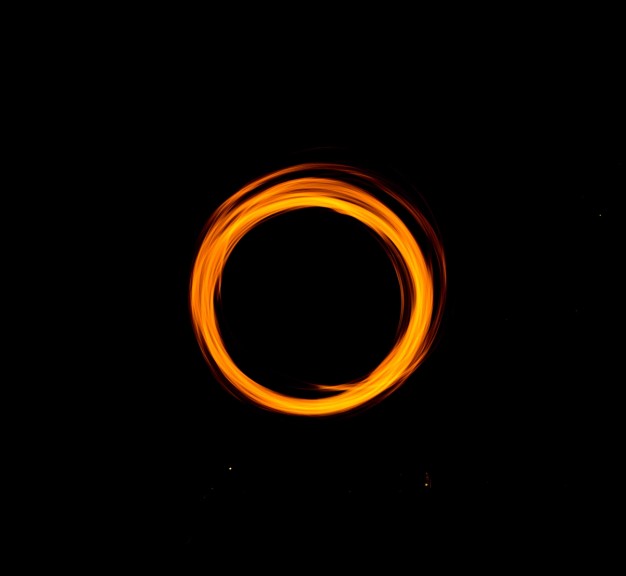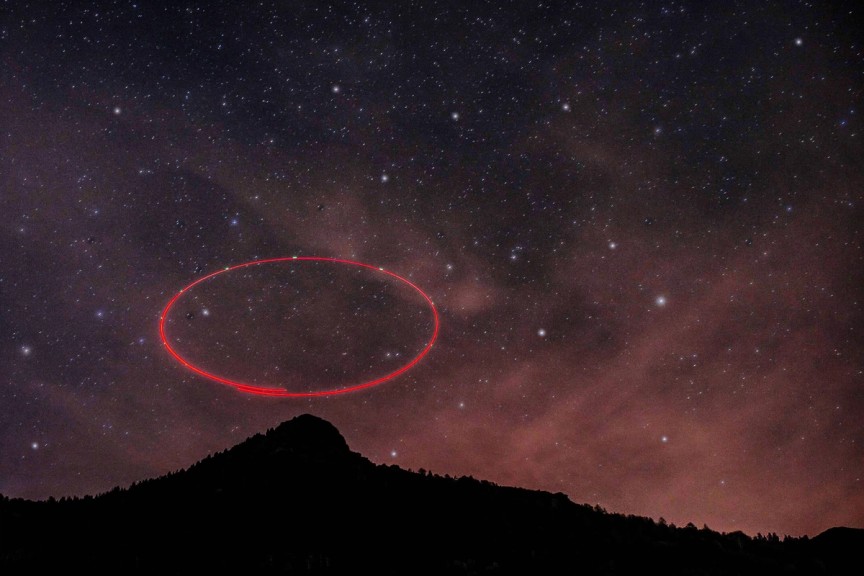Hall of fame families
The connection between the Riemann zeta family and the Euler product family would be a highlight in the math hall of fame if there was one. Wouldn’t it be cool to see how these two families are connected? Recall Euler solved the Basel problem in 1735. Two short years later in 1737, Euler proved the zeta family and the product family were equal for any . As mentioned, we will reveal Riemann’s contribution in the next section. For now, let’s understand what Euler was thinking and how he arrived at such a surprising conclusion.
Euler’s proof is a bit lengthy, but it is worth the effort to understand. Fortunately, the proof only involves algebra and it repeats itself often, so I invite you to stick with it. For those who enjoy rule-following algorithms, this one will not disappoint. Not only will this proof allow you to understand why these two families connect, but it will also help you to appreciate how the primes are the building blocks for multiplication. Without further introduction, let’s unpack this wonderful story.
We use the notation to represent the zeta function. By definition, the zeta function equals this expression:
We want to prove that the zeta function equals the prime product. Thus, here is what we want to prove:
If we want to use our fancy notation, we can restate our goal as follows:
Building the even numbers
Ok, we will start with the definition of the zeta function and multiply both sides of the equation by , which is . It may seem odd to multiply a function symbol by a number, but think of the function symbol as some numeric result.
How does this play out on the right side? Consider . When we multiply by , we can just multiply the base number and use the same exponent. If you forgot that law of exponents from high school, the basic rule is . Thus, becomes . If we apply this rule to each factor, we get this equation:
Let’s review the original equation and the new equation together.
Remember, if and then . Thus, we can subtract the second equation from the first equation to get this new equation:
Now, let's clean this up. On the left side, we can factor out the zeta function. On the right side, we have all the integers minus the even integers, so only the odd integers remain.
Good. We’ve completed one round. Notice the right side now includes only the odd positive integers rather than all the positive integers. Since the zeta function includes all the positive integers, if we document the integers we removed, we will know what integers remain. Figure 1 illustrates the integers we’ve removed for integers 1-100. I’m only illustrating the first 100 to identify a pattern, but this pattern repeats for the infinite set of positive integers.

Figure 1. Multiples of 2
Include the multiples of 3
I mentioned that the proof is like a recipe. We just completed an entire round of the process. The essential part of the proof is simply repeating this process by changing the factor. Next, repeat the process using 3 rather than 2. Start with the result from the first round and multiply by . The right side of this new equation is the right side of the original equation except we multiply the base by 3. That means 1 becomes 3, 3 becomes 9, 5 becomes 15 etc. Here is the ending equation from the first iteration and the modified equation after multiplying it by the factor .
Again, subtract the second equation from the first to create a new equation. We perform the same cleanup work of factoring the zeta function out of the left side and identifying which numbers remain on the right side.
Notice our progress from this step. In the first step, we removed all the multiples of 2. Now, we removed all the multiples of 3 that are not a multiple of 2. This means we removed 6 in the first round but not in the second round. In summary, this process only removed the multiples of 3 that were not removed as a multiple of 2. Thus, it removed the odd multiples of 3.
Figure 2 is a picture of the integers we’ve removed so far. Again, observe the multiples common to 2 and 3 were removed in the first step and not in the second step because we didn’t want to subtract them twice. Examples include 6, 12, 18, 24, and all multiples of 6.

Figure 2. Multiples of 2 and 3
Multiples of the first 5 primes
What is the pattern? We created a system of listing all the numbers and going through one number at a time, then eliminating numbers from the list. The math term for what we are using here is a “sieve.” If we want to sound “mathy,” we can say that we continue to “sieve” out multiples at each round. Think about the next factor we should choose.
For Sieve 1, we used 2. For Sieve 2, we used 3. It may be tempting to think 4 is our factor of choice for Sieve 3. But all the multiples of 4 were already removed in the first round when we removed the multiples of 2. Thus, we can skip 4 and move to 5. Notice 5 is the first missing number in our recent chart (that is greater than 1) because 5 is not a multiple of either 2 or 3. Thus, we repeat the process for Sieve 3 using 5.
Again, start with the previous equation and create a new equation by multiplying both sides by . Then, subtract the second equation from the first. Here are all 3 equations. The third equation represents the result after round 3 with all the same cleanup performed.
Wonderful! Figure 3 inventories the numbers we’ve removed through Sieve 1-3. The numbers missing are the numbers on the right side of the third equation above.

Figure 3. Multiples of 2, 3, and 5
How would we describe the multiples that remain? The remaining multiples are all the numbers that are not multiples of 2, 3, and 5. Let’s repeat and remove more numbers. Again, we don’t need to filter out multiples of 6 because we covered all multiples of 6 when we factored out multiples of 2 and 3. Thus, our next step removes multiples of 7, but not all multiples of 7, only the multiples of 7 not removed yet. To do this, we repeat the sieving process by starting with our latest equation, then we multiply both sides by .
Here’s the result of subtracting the second equation from the first and cleaning up:
Figure 4 shows the updated picture with 7, 49, 77, and 91 removed from our list of 1-100.

Figure 4. Multiples of 2, 3, 5, and 7
Identifying our pattern
We’ve repeated our process 4 times. Let’s pause and project how this process will end. First, notice the numbers we chose to use as our factors in the sieve process: 2, 3, 5, 7. What are these numbers? These are the first 4 prime numbers. Remember we can create any composite number by multiplying primes. Do you see how that concept is at play here? Even though there are an infinite number of positive integers, we know exactly which integers we have removed so far. Through 4 rounds, we’ve removed every number that is a multiple of 2, 3, 5, and 7. You may notice in Figure 4 the only numbers remaining in our list of 1-100 are primes. In other words, the primes 2, 3, 5, and 7 are sufficient to create all composite numbers less than 100. Pretty good work by those 4 primes! However, if we expand our list to integers greater than 100, we would identify numbers that have not been factored out that are not prime. The first example of a non-prime number not factored out yet is 121. But, we will remove 121 when we repeat the process for the next prime number 11.

Figure 5. Prime numbers and composites up to 100
That is our pattern. Now let’s make the big jump from 4 iterations of this process to an infinite number of iterations. We know we must follow this process an infinite number of times because there are an infinite number of primes. This may seem like a stretch. However, the key is to rely on work we have already performed with an infinite set and apply that to an infinite process.
Let’s first focus on the left side of the equation. Our recipe to sieve numbers from the zeta function is to use an expression based on the prime numbers. Since the zeta function includes all the positive integers, which includes the primes, we need to perform this an infinite number of times because there are an infinite number of prime numbers. Thus, if we repeated the process for all the primes, the infinite set of primes, the left side would contain all the prime numbers. As a result, this produces the infinite product of primes on the left side times the Riemann zeta function. If we flip the order of the left side of our equation, we can write the left side of our equation as:
Then, we can apply our handy product notation to write:
Good. What is on the right side?
We know we will remove the prime numbers from the positive integers because we are performing this process using the prime numbers. In other words, clearly we removed 2, 3, 5, and 7 in the first 4 iterations because they are the first 4 primes. So if we repeat this for all the primes, we are confident we will sieve out the prime numbers. Therefore, the real question is whether we will remove all the composite numbers. If we analyze how the sieving process is working, we remove numbers by multiplying factors. We multiplied not just any factors but the prime factors. Recall from the Fundamental Theorem of Arithmetic, we can represent every composite numbers as a product of unique prime factors. We can review the numbers 30 and 175 as two examples. so we removed 30 when we applied the factor 2. Likewise, so we removed 175 when we applied the factor 5. We remove a number when we apply the smallest prime factor. Since every composite number is a product of unique prime numbers, we will remove that composite number when we apply the smallest prime factor to the process. Thus, after we circle through the infinite set of prime numbers, we have removed all the prime numbers and all the composite numbers.
But we haven’t removed all the positive integers. What number remains? That lonely number 1 remains. In other words, once we remove all of the primes and composites from the positive integers, all that remains is the number 1. That means the right side equals 1. It is true we have an exponent for every positive integer. However, 1 raised to an exponent will be 1 regardless of the exponent. Thus, to simplify, we can remove the exponent for base 1.
This sieving process still preserves our equation, so the left side still equals the right side. Thus, we can write:
We are almost to the finish line. Simply solve for the Riemann zeta function by dividing both sides by the infinite product to get:
To finish the proof, we give the infinite product an exponent -1 to move it from the denominator to the numerator.
Enjoying the results
This essentially completes the proof that the Riemann zeta function equals the Euler prime product. Notice we were able to preserve the relationship using the generic variable , so this equality works for all values where the functions are defined.
Wasn’t that marvelous? We converted an infinite sum that involved positive integers to an infinite product that involved prime numbers by using basic algebraic logic. We were able to see the process at play with a few finite iterations. The secret sauce to complete this proof for the infinite set is leveraging the Fundamental Theorem of Arithmetic to sieve the prime and composite integers out by factoring with the primes. The cool thing about math proofs is once you understand it, that understanding will remain your entire life. Nothing will become false in this proof because of time and new discoveries. Notice this is not true for some areas of science where an idea can become obsolete, and even wrong, once new information is available.
We can appreciate the timelessness more by realizing the sieving process we used was not invented by Euler. It actually goes back to the 2nd and 3rd century to the sieve of Eratosthenes. As much magic as Euler performed in this proof, he still relied on the work of others, which is how math ideas grow. There is so much beauty contained in these formulas and in this proof. At some point, it can make a person speechless, especially this person.
After you take time to digest this proof, navigate to the next section where new ideas continue. In the Inhabit 4: Perspective section, we explore a major idea in math that has had profound impact on our world, one that requires imagination to comprehend.















